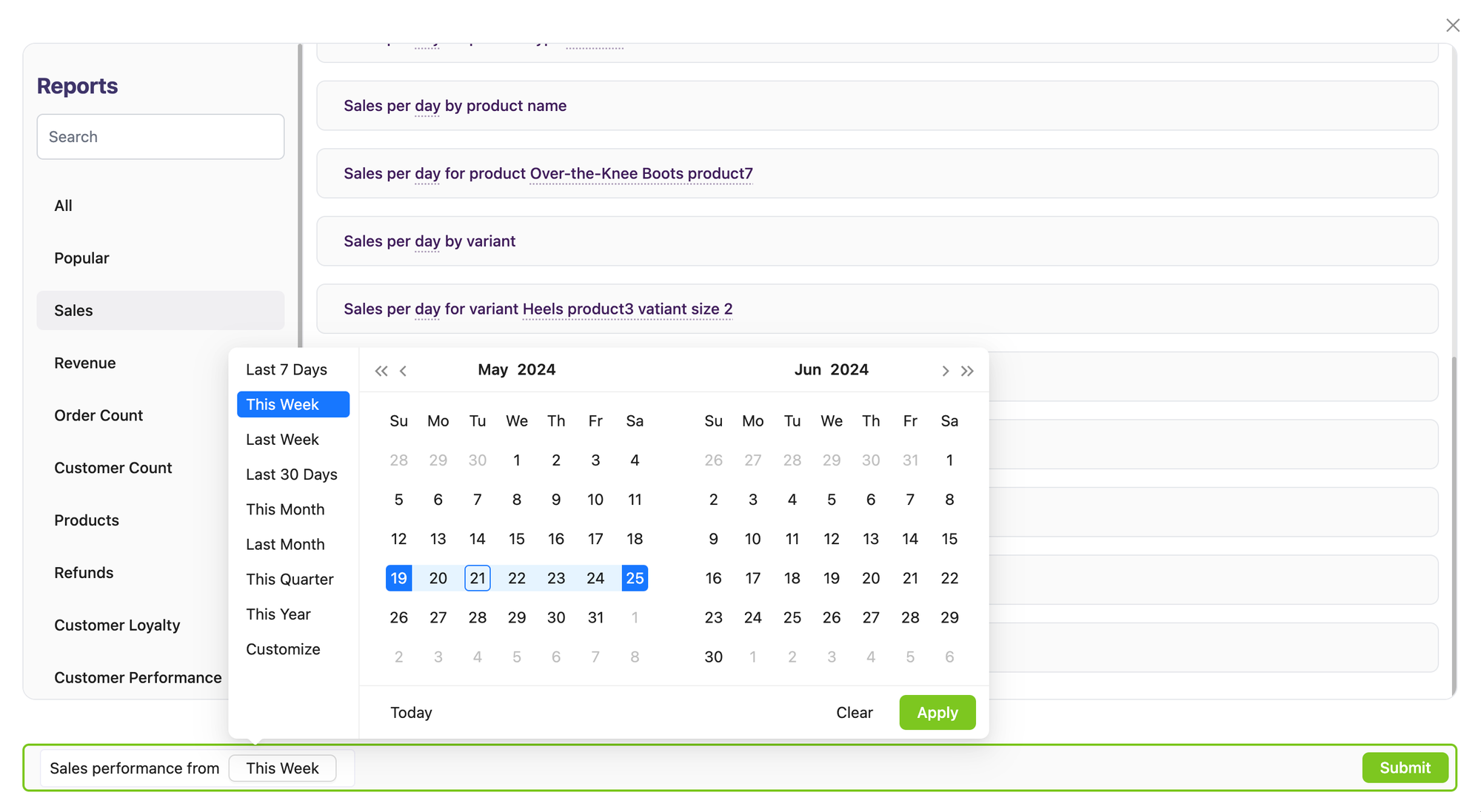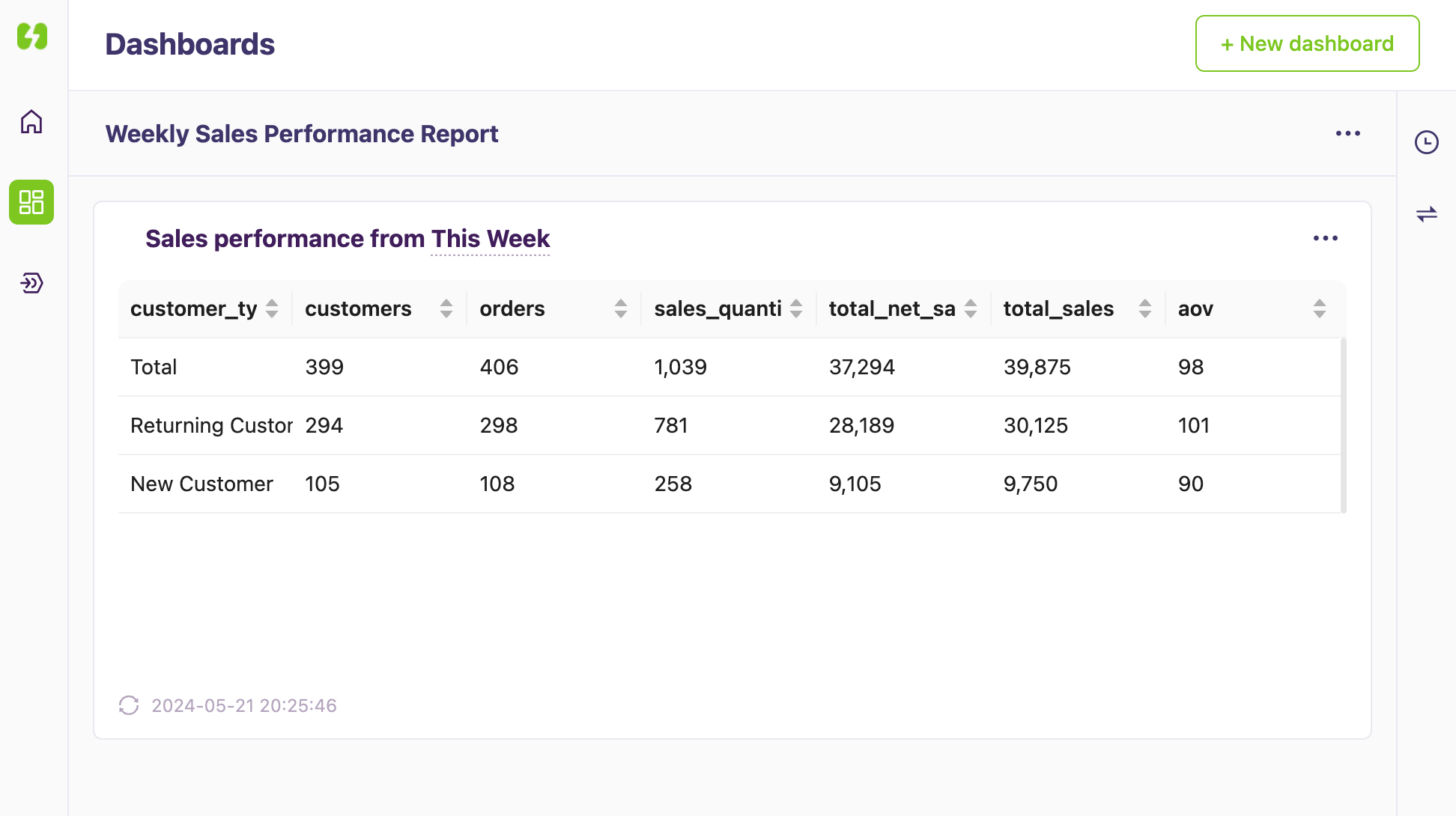Step-by-Step Guide to Creating Sales Performance Reports

The Benefit of Sales Performance Reports
Sales performance reports are essential tools for any business aiming to optimize its sales strategy and operations. These reports provide a detailed overview of sales activities, offering insights into trends, achievements, and areas needing improvement. The benefits of such reports include:
- Improved Decision Making: Data-driven insights help managers make informed decisions regarding resource allocation, strategy adjustments, and performance enhancements.
- Enhanced Sales Forecasting: With historical data trends, companies can predict future sales more accurately, aiding in better inventory and staff management.
- Increased Accountability: Regular reporting keeps sales teams accountable for their targets and motivates them to achieve their goals.
- Identification of Opportunities: Analyzing sales data helps identify successful products, profitable customer segments, and effective sales channels.
- Troubleshooting Issues: Reports can quickly highlight areas of underperformance, allowing timely intervention to address challenges.
How to Build Sales Performance Reports in MagicBean
MagicBean makes creating comprehensive sales performance reports a breeze. Here's a detailed guide on how to use MagicBean for this purpose:
Step 1: Access MagicBean
First, log in to your MagicBean account. If you don't have an account yet, signing up is quick and easy. Once logged in, navigate to your dashboard.
Step 2: Select Reports
MagicBean offers a variety of pre-built reports tailored to different needs. For sales performance, select the "Sales Performance" report from the list of ready-to-use templates. These templates are designed to cover all essential metrics, saving you time and ensuring you don’t miss out on important data.
Step 3: Customize Parameters
Now, it’s time to customize your report to fit your specific requirements. MagicBean allows you to set various parameters, such as the reporting period. You can choose from weekly, monthly, quarterly, or even yearly reports depending on how detailed you want the analysis to be.

Step 4: Generate Report
With all parameters set, simply click the submit button. MagicBean will work its magic, analyzing your sales data and producing a detailed report that includes key metrics like total sales, sales growth, conversion rates, and more. This report will also highlight trends and identify areas for improvement, giving you actionable insights at your fingertips.

MagicBean isn’t just easy to use; it’s designed to empower you with the data you need to make informed decisions. The intuitive interface and powerful analytics capabilities mean you can focus on strategy and performance improvement rather than getting bogged down in data collection and report generation.
Determine Your Sales Reporting Timeframe
Choosing the right reporting timeframe is crucial as it impacts the relevance and effectiveness of the insights generated. Common timeframes include:
- Weekly: Useful for fast-paced environments where quick responses to sales trends are necessary.
- Monthly: Provides a broader view of sales trends and is suitable for monthly goal setting and tracking.
- Quarterly: Ideal for assessing progress towards quarterly business objectives and for making strategic adjustments.
- Yearly: Offers an overview of long-term performance, helping in annual planning and strategy formulation.
Strategies After Analyzing Sales Performance
Once you have analyzed the sales performance data, various strategic actions can be taken to improve outcomes and drive business growth. Here is a table outlining these strategies with specific actions and expected outcomes:
| Strategy | Actions | Expected Outcome |
|---|---|---|
| Optimize Sales Processes | Implement CRM systems, streamline the sales funnel. | Increased efficiency and higher conversion rates. |
| Adjust Sales Targets | Revise sales goals, realign incentives. | Improved motivation, realistic and achievable targets. |
| Focus on High-Performing Products | Allocate more marketing and sales resources. | Higher sales volumes and profit margins. |
| Tailor Marketing Strategies | Adjust marketing campaigns based on customer data. | More effective marketing, better ROI. |
| Enhance Customer Relationships | Implement loyalty programs, personalized communication. | Higher customer retention and satisfaction. |
| Improve Sales Training | Conduct workshops on negotiation, CRM usage. | Skilled sales team, better performance. |
| Expand into New Markets | Explore and enter new geographic or demographic areas. | Increased market share, diversification of risk. |
| Leverage Technology | Invest in AI and data analytics tools. | More accurate sales forecasting, enhanced data insights. |
By employing these strategies based on a thorough analysis of sales performance, businesses can not only address current challenges but also proactively drive growth and improve their competitive edge in the market.



